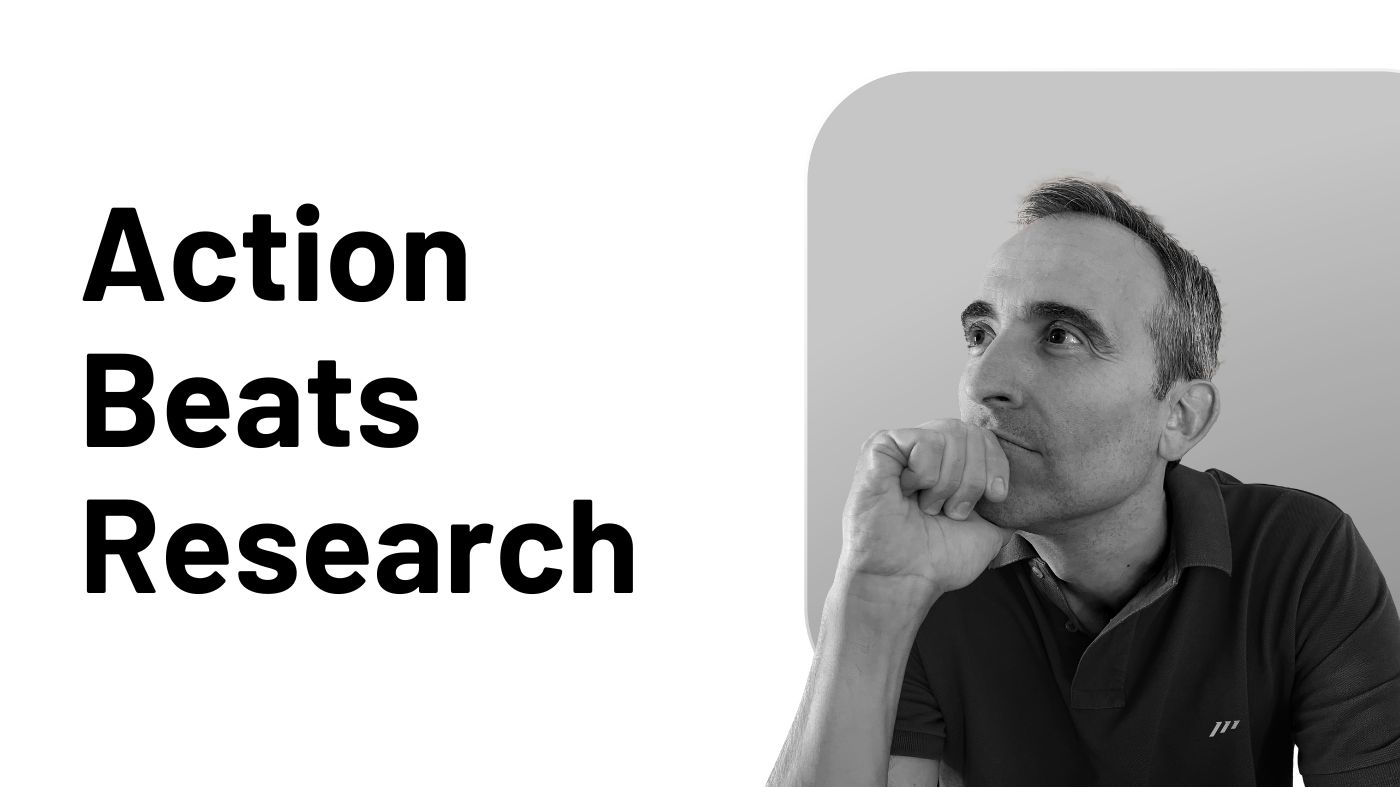At the Paperless Movement®, we’ve designed ICOR®, a versatile and innovative ecosystem that allows busy professionals to create their own productivity system tailored to their needs.
ICOR® consists of three layers: the first two, ICOR® Concepts and ICOR® Workflows, use a tool-agnostic approach, while the third layer, ICOR® Framework, goes for a tool-specific one.
The whole idea is to start with some concepts in layer 1, move on to checking out your business processes in layer 2 and, finally, in layer 3, pick the best tools that fit your productivity system like a glove.
This tailored approach enables you to perform at your peak and most productive level.
In this article, I’ll focus on the second layer of ICOR®: Workflows.
Are you ready to dive in?
Connecting ICOR® Layers 1 and 2 to Master the Art of Efficiency
Transitioning from layer 1 to layer 2 in the ICOR® ecosystem is quite simple and straightforward.
Layer 1 focuses on concepts, helping you learn the key principles of ICOR® to establish a strong foundation for your productivity system.
Layer 2, on the other hand, targets processes.
The goal of this layer is to gain a thorough understanding of your ongoing business processes, which allows you to enhance their efficiency and create a well-documented system.
In terms of business areas, layer 1 impacts knowledge and project management, while layer 2 influences business operations.
To say it clearly: layer 1 enables you “to get things done with better information management”, while layer 2 aims “to improve overall organizational efficiency”.
So, when considering layer 1, focus on projects, entities with a start and an endpoint, and when going into layer 2, focus on continuous processes and workflows.
To make it even more straightforward and comprehensive, we’ve organized each layer into four elements.
For layer 1, we’ve developed the Output Elements: goal, project, task, and to-do.
For layer 2, we’ve also defined four elements: workstream, workflow, process, and procedure.
Now, let’s explore each of these elements in greater detail!
From Procedures to Workstreams: Exploring ICOR® Layer 2 Elements for Efficient Business Processes
Structuring each ICOR® layer with defined elements helps you grasp the flow of information and action within your productivity system more effectively.
For layer 2, we’ve outlined these four elements.
A procedure combines explanations (information) and actionable items (action).
It’s the most fundamental element in layer 2’s structure.
Essentially, a procedure in business processes is a series of clear, easy-to-follow steps that enable business professionals to complete tasks consistently and efficiently.
Think of it as a recipe that guides you on what to do (action) and how to do it (information), ensuring work is done correctly according to the expected standards.
A process consists of a group of related procedures.
Similar to layer 1, we’ve established grouping criteria for elements, which helps you better organize your business processes.
This way, whenever you come across related procedures, you can group them into a larger element, a process, for improved management.
Following the same principle, a workflow comprises a set of related processes.
Lastly, a workstream consists of a group of related workflows.
This structure of elements enables you to effectively organize all your business processes, offering a flexible top-down or bottom-up approach to start identifying, organizing, and implementing workflows.
This ultimately helps you build a productivity system that operates seamlessly.
Before concluding the article, I’d like to share two practical approaches you can use to start identifying and creating workflows to enhance your productivity system.
2 Proven Approaches to Streamline Your Business Processes
The first approach involves examining repetitive processes within your different business areas.
Begin by focusing on a specific area and identifying consistently repeated processes.
For instance, you might notice recurring processes in delivery, such as receiving a customer request, preparing a quote, producing the product, and delivering it. These steps are followed in every iteration.
This process is an excellent candidate for defining a workflow that can be followed not just for you but also by any team member.
A second approach is to analyze a project you’re currently working on or have recently completed. Ask yourself these questions:
- Is there any information that could be useful in future projects?
- Can I spot patterns common to other projects?
If so, consider which Single Sources of Truth (SSOTs) you should use for the required information and determine the actions you can standardize to execute them automatically.
Aim to design a workflow that prevents you from starting from scratch for each new project.
Reuse information and tasks to enhance your productivity system, focus on efficiency, and boost your overall productivity.
Takeaways
ICOR® Layer 2 enables you to design and implement standardized workflows that minimize friction and enhance efficiency.
Investing time in mapping your business processes always leads to increased productivity, as well as reduced anxiety, stress, and negative emotions.
It goes this way because your productivity system works on autopilot, guiding you on the right path to achieve your goals.
When you take ICOR® layers 1 and 2 seriously, layer 3 becomes a breeze, making it easy to select the best tools you need to build your own productivity system.
And that’s your ultimate goal and our mission here, at the Paperless Movement®!




